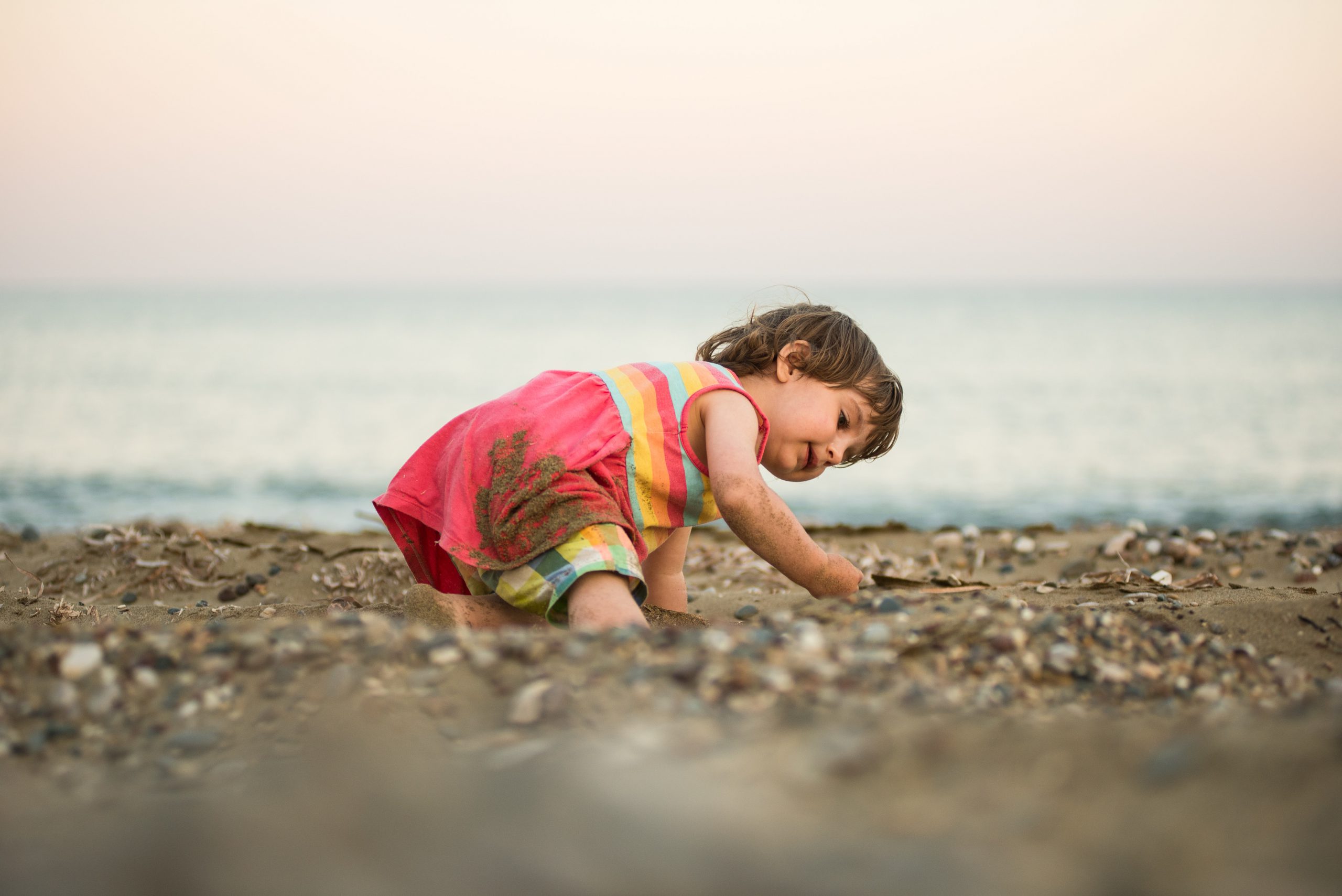
It’s near the end of Karlovy Vary International Film Festival (KVIFF) and the temperature, like much of the world, is blistering here. But the oncoming conclusion of the festival hasn’t deadened anyone’s spirit. The winding, scenic streets are packed as people proceed through the colonnade, taste the mineral springs, and lounge by the Teplá river. The notes from a rock concert are even drifting through my hotel window, as I write this dispatch.
This final entry before my wrap-up piece, features three films with widely different aims: One is a making of movie, the other is an apocalyptic teen film, and the other is amongst the best films I’ve seen this year. I’ll begin with the latter.
In a small, unnamed Georgian mining town, a saint’s statue stands atop a small craggy hill overlooking a desolate valley. Legend has it he was tortured, crucified, and on the third day turned to stone. Now, everyone comes to pray to his visage: the miners see him before they venture into their perilous tunnels, elderly couples arrive from far away to pay tribute, even the local gangsters ask for protection and absolution. Everyone tells him everything. When the statue is taken down for restoration, however, the man on the crucifix disappears. A mute foreigner (George Babluani) later arrives who can perform miracles. Is he the Saint personified?
In the Georgian director Tinatin Kajrishvili’s “Citizen Saint”—premiering in the Crystal Globe competition—the evocatively shot black and white scorcher sees faith serve as a metaphor for how we engage with cultural totems. Take for instance, how a city official tries to find a picture of the saint’s face to match with the mystery man. “They’re all photographing themselves. The saint is just, background. Decoration,” he says. I recently visited the Louvre and what struck me was how often great works of art were merely reduced to background, a statement for someone’s photo. We do that in other walks of life as well, at concerts, movies, or any mass gathering. It’s a one-way, often selfish engagement that sees the object solely as the mercy of the viewer.
The townsfolk initially welcome the arrival of the Saint. That is, until they begin looking for gifts and miracles, and wonder if this mute will eventually spill all of their secrets. This messiah’s relationship soon returns to that familiar one way street, where conversations turn to the implied causal nature of divine will: What have I done to deserve this/what can I offer to get this?
The photography by DP Krum Rodriguez—swinging between wide smokey landscapes and spurts of chiaroscuro lighting—is immaculate. The use of tunnels and caves, which carry religious connotations, such as the light at the end of the tunnel or Christ emerging from the cave, is ingenious. And it’s telling that amongst the Saint’s many devotees, the only person who carries a reciprocal relationship with the Saint is the quiet elderly man, who lost his son in a cave-in, Berdo. The humbles he carries becomes the film’s final, breathtaking note, one that makes “Citizen Saint” a monument worth praising.

In the neat, uniquely conceived apocalyptic film “Brutal Heat”—competing in the Proxima section—a solar fragment is hurtling toward earth. No one knows if it’s going to hit the planet or just barely miss. But it is making everything hotter, consequently making everyone more violent, and hornier. To escape his contentious relationship with his dad, the teenage Vincent (Vincent Hospodářský) opts to leave the sweaty confines of their apartment, to go stay with some friends in a cabin in the woods. Unfortunately for Vincent, the train driver, dazed by the heat, skips his stop. He needs to take the bus back.
The writer/director Albert Hospodářský throws several vicious and sexual obstacles in Vincent’s way: There’s an older woman who hits on him, causing him to miss his bus. There’s a marauding gang searching for people to pummel. There’s also a grieving gas station attendant who mistakes Vincent for her lost son. Other traps emerge, built by the sexual tension that hangs in the air, but by the final third, the smart concept begins to wane as we wonder what the emotional payoff will be.
We know, for instance, that at its basest level, the film can be taken as a metaphor for global warming. We can also consider it as a statement about the desires that drive us, even in times of crisis. And yet, neither is a natural emotional thesis. Even after Vincent is disfigured, caked under a heavy prosthetic, you wonder if the gruesomeness has some deeper meaning. The other shoe doesn’t drop until the end. Without offering spoilers, the conclusion offers a light, fulfilling grace note, binding us to the film’s altruistic sentiment. While “Brutal Heat” is a fascinating premise wrapped in a thin plot, the sincerity in what’s the director Hospodářský’s debut, is a good win for a kind-hearted apocalyptic film.

A brisk, at times uneven documentary, “Dancing on the Edge of a Volcano,” from director Cyril Aris is a reported piece on a tragedy wrapped in a making-of film. Derived from a quote in Maroun Bagdadi’s documentary “Whispers,” which chronicled the decay of 1980s Lebanon during the Lebanese Civil War, the film’s title refers to the need to find simplicity and normalcy even amid precarious times. Those precarious times returned on August 4th 2020 when an explosion of precariously stored hazardous materials on a Beirut dock led to widespread destruction. Among the many who were affected by the event are filmmaker Mounia Akl and her crew.
Before the explosion, Akl was nearing production on her first feature film—“Costa Brava, Lebanon.” It doesn’t totally make sense at first, but Aris is intrigued by the efforts of these creatives to continue making their movie, even as the smoke is settling on the blast and haze of COVID ensues. In fact, his decision to marry these subjects, initially, feels hamfisted. “Dancing on the Edge of a Volcano”—which is in the Crystal Globe competition—requires a bit of patience.
Nevertheless, before long, as Akl goes through the demanding process of pre-production (casting, set building, and more) and the arduous filming itself, you’re swept up in the organized chaos on display. This is the first real vision of what it probably took to make movies during the pandemic, and it’s endlessly fascinating.
By the end, Aris does connect the two subjects, though barely. We do see how “Costa Brava, Lebanon,” which would later premiere at Venice Film Festival, in many ways was shaped by the explosion (the scene where they’re sound mixing as rolling blackouts are happening is simply the scariest scene I’ve witnessed all year). But you come out wishing Aris had always planned on following the creation of Akl’s movie and then used the explosion as the secondary component, rather than the other way around.
Still, if you’ve seen “Costa Brava, Lebanon” (if not, why haven’t you?), then “Dancing on the Edge of a Volcano” is an invaluable supplement to not just that film, but to the difficult task of dream making when all that surrounds you appears to be a nightmare.




